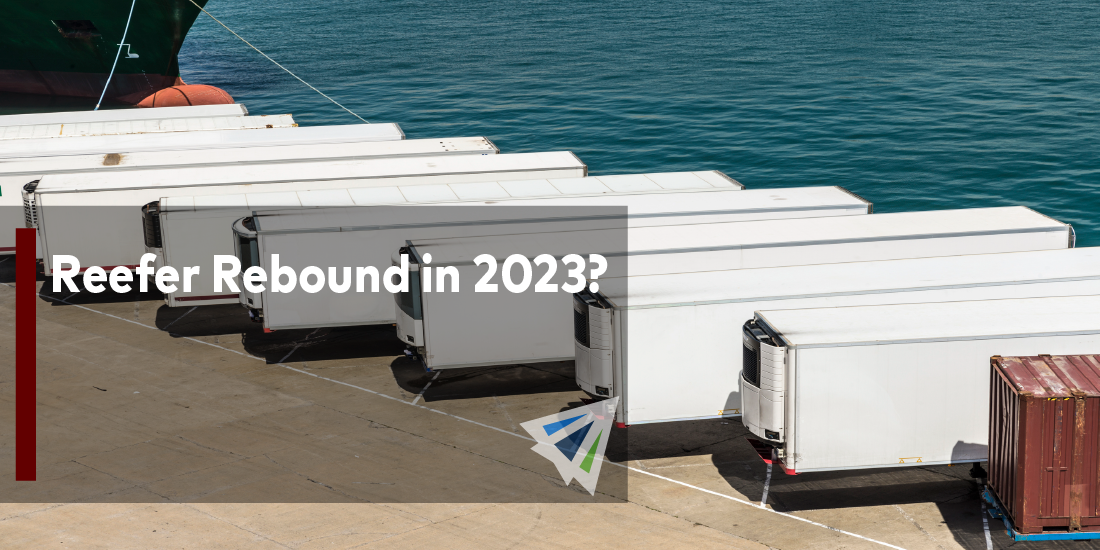Shippers in the cold chain industry are still wary as high wholesale food inventories and inflation could cause some depletion for reefer demand in 2023.
Now, ocean carriers that serve North American trades are starting to look into add more plug capacity on ships, and building up their reefer container fleets, in an effort to bring back more reefer shipments.
So, what will lie ahead this year for the cold chain industry?
What Lies Ahead in 2023
Containerized reefer volumes in and out of the U.S. dropped 10.8 percent in the first 11 months of 2022. Exports dropped 21.4 percent and imports dropped 5.2 percent from the same time in 2021 – data shows.
Inconsistent arrival times and last-minute cancellations can add additional costs for reefer importers, as they need to find and secure a trucker as soon as they can, and find cold storage for their cargo – due to the commodity of the goods.
Now, in 2023, its expected that reefer shippers will continue to see difficulties due to limited availability of reefer plugs at ports and near-port warehouses.
However, the Georgia Ports Authority has plans to add more reefer plug capacity at Savannah, after they’ve seen an 11 percent growth in cold-chain storage near the port.
Additionally, the Pacific Northwest typically is a major gateway for certain frozen food exports (such as French fries), but volumes out on the NWSA dropped to a four-year low of 22,452 TEU in the first 11 months of last year. Which is about half the amount those ports handled back in 2019, per data.
Higher Costs Impacted Import Volumes
Many reefer imports were subjected to different surcharges last year, such as “port congestion” or “peak season” fees, in addition to the base rate. So far in 2023, those surcharges are not being imposed and base reefer rates are continuing to fall.
Furthermore, new container ships will be hitting the water this year which will be able to carry more reefer boxes. Many are optimistic that with new, larger tonnage entering the marketing, reefer plug capacity will grow between 7-8 percent from between 2023 and 2025.
Looking Ahead
Should you have any questions regarding this and how it could impact your shipments, please reach out to our team today.
Additionally, we have our weekly market updates that can provide you with relevant freight news, updates, developments across the industry, and more.
